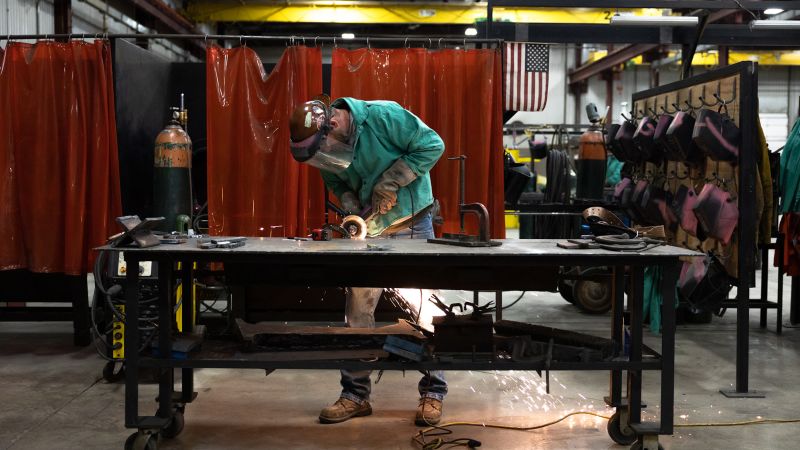The U.S. economy is forecasted to be growing rapidly, which is causing concern for the Federal Reserve and those hoping for low interest rates.
The Federal Reserve's long-held belief that the US economy had reached its long-term growth potential of 1.8% is being challenged as strong growth continues, driven by unexpected labor force growth, manufacturing construction, and potential improvements in productivity, prompting a larger conversation about the country's economic potential.
The U.S. economy and markets seem to be in good shape for now, but there are concerns about the potential for problems in the future due to factors such as rising interest rates, supply and labor shocks, and political uncertainties.
The U.S. economy continues to grow above-trend, consumer spending remains strong, and the labor market is tight; however, there are concerns about inflation and rising interest rates which could impact the economy and consumer balance sheets, leading to a gradual softening of the labor market.
The flash surveys from S&P Global show a slowdown in US manufacturing and services sectors, raising concerns about economic growth in the third quarter and indicating a possible contraction in September due to weak demand and rising input costs.
U.S. manufacturing activity rose in August, but the sector remains in contraction territory according to the Institute for Supply Management, suggesting that a sustained recovery is unlikely amid a weakening global economy.
The 40-year period of economic expansion in the U.S. from 1980 to 2020 is likely to be replaced by a more regular cycle of boom-bust cycles and frequent recessions, according to analysts at Deutsche Bank, due to factors such as higher inflation and increasing debt-to-GDP levels.
Orders for durable goods in the US rose 0.2% in August, primarily due to increased defense spending, while core orders, which exclude defense and transportation, increased by 0.9%, suggesting a positive sign for broader business investment. However, overall business investment remains weak due to rising interest rates and recession fears, indicating a stagnant industrial sector. Higher borrowing costs are expected to continue to impact the sector and economic growth in the future.
The US manufacturing sector's potential growth after 11 months of contraction may lead to an increase in diesel demand, which could raise trucking and logistics costs and raise concerns about inflation.
American firms are increasingly bringing manufacturing operations back to the US, with mentions of nearshoring and reshoring growing by 216% year over year since 2022; this trend has been accelerated by the trade war with China and the pandemic's disruption to the global supply chain, leading to a boom in construction and manufacturing projects in the US.
The trend of moving manufacturing back or closer to the US, known as nearshoring, reshoring, or onshoring, has been growing significantly since the start of 2022, with mentions of these terms by American firms increasing by 216% year over year; this trend has been fueled by factors including the trade war with China, the pandemic's impact on global supply chains, advances in automation, and rising freight costs.
